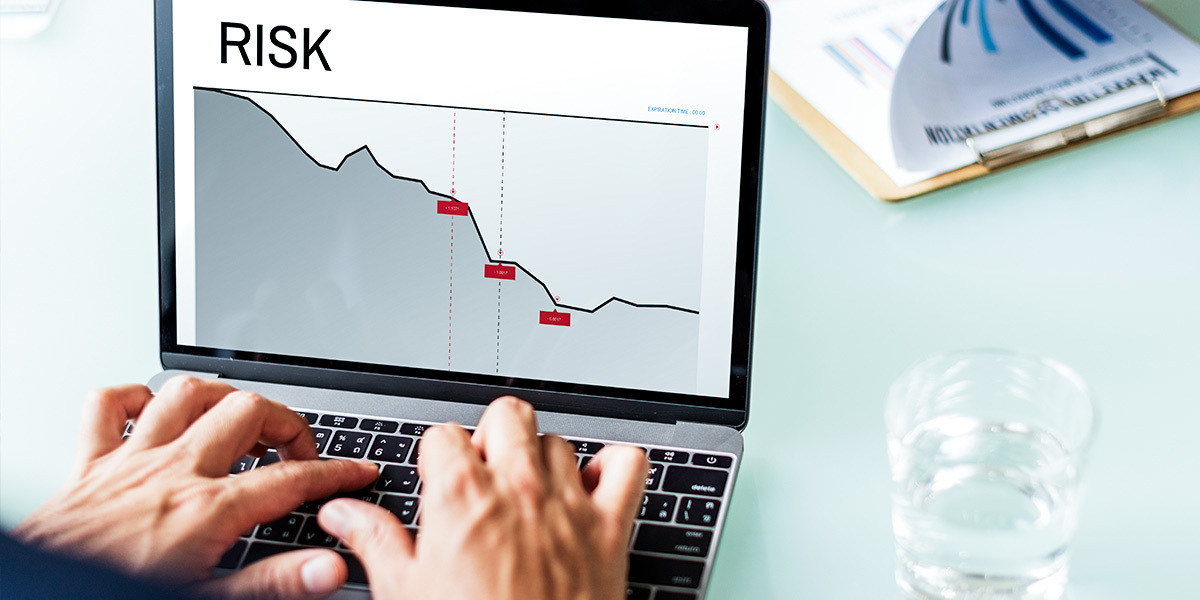Good Techniques to Implement Project Risk Management

Risk management in project management plays an important role so that the project can be executed properly in a smooth manner. By keeping an eye on the risks before, during, and after helping to manage the project lifecycle, it assists in proper communication and building the trust and bonding between the team members. It allows minimizing the risk and loss associated with the project. It also enables the employee to handle the projects and handle all the risks properly and efficiently. So these are some important that depict the importance of risk management.
Importance of Project Risk Management
1. Better Planning

Planning before the time of the actual project allows for a better outcome as compared to the project executed without planning.
It helps by creating the list of potential risk factors that can be internal and external. It shows the relationship between these risk factors and their impact on the budget. It helps to align smaller project goals with the final objective.
2. More Proactive
Projects turn out uncontrollable when any of the team members interfere in between and try out to fix the problem in the middle of a project.
It is the action taken to avoid the wastage of time and money and results in incomplete or project having many flaws.
Risk management and being proactive allows you to handle the problems systematically and you have enough time to manage things.
3. Supports Future Projects
After the completion of your project when you perform the analysis you also consider how risk management played its role. If your project risk management proved itself useful, then you can implement the same in the next project.
Using the same does not mean that you have to use the same project management plan. You can tweak your process or improve your project risk management plan.
4. Increased Communication
Project management when it includes risk management plans it helps in having better overall communication.

The process of analyzing risk allows stakeholders to understand the process in a better way and through communication convey the message to the project team about the expectation i.e what is expected out of them.
It gives a clear picture of how much and why money is being allocated and the duration of the project.
5. Deadlines Maintained
Project risk management provides the proper planning that includes a timeline in which the work needs to be finished. It also saves time when things do not go according to the plan as a proper strategy has been planned. It allows us to predict risk to some extent and identifying risks from the very beginning gives some space to discover and eliminate the project risk before it occurs. OIt is one of the effective ways to complete the project before the deadline.
What Are the Steps in the Risk Management Process?
1. Risk Assessment
Project management and the analysis starts with having clear and transparent communication with the project team. It includes talking about their concerns and challenges faced by them followed by the potential upcoming risks or challenges in the project.
The communication can be effective only if it is kept casual as the team will feel free and will be able to share their honest feelings and concerns. This enables the organization to uncover risks, as well as build a stronger team.
Risk assessment includes all the risks related to technology, budget, quality, suppliers, people, and legislation.
2. Risk Analysis

Once the risk has been identified, categorize them into positive risk and negative risk, and then analyze the impact of each of them.
List down all the risks that help to remember and analyzing becomes easy. It can be done on a pen-paper, excel sheet, or any other model that suits you.
3. Rank Risk
Rank all the uncovered risks and then rank them. Once you rank them, it’s time to focus on the ones that are on the highest positions in all the terms. If you will rank them it becomes easy to find the solution for each of them. Figuring out the main issue decreases the chance of project failure.
4. Calculate the Cost
The next step is to identify the cost to address each of the risks.
5. Assign Team Members
Every team member should be assigned to various projects and every potential risk should be covered by a point person.
Every team member should handle the team properly and that team should be capable of handling the potential risk. An appropriate plan of action should be outlined and it should be assigned to the right people.
6. Track Risk Through the Project
Once the project gets started, keeping an eye on them regularly is necessary. Having proper communication and taking steps to manage the risk before it becomes too big to handle is the key.
Risks are not something that can be ignored while panning or to forget once planning has been done. It should be constantly on your mind so that the proper tracking can be done.
7.Summarize Risk and Plan Ahead
Once the project is complete, discuss with it your team members and the other stakeholders. Communicate what were the issues that took place and what are the things that can be improved in any further project. Create a report so that the same mistakes do not happen again and the learnings can be implemented in further projects.





